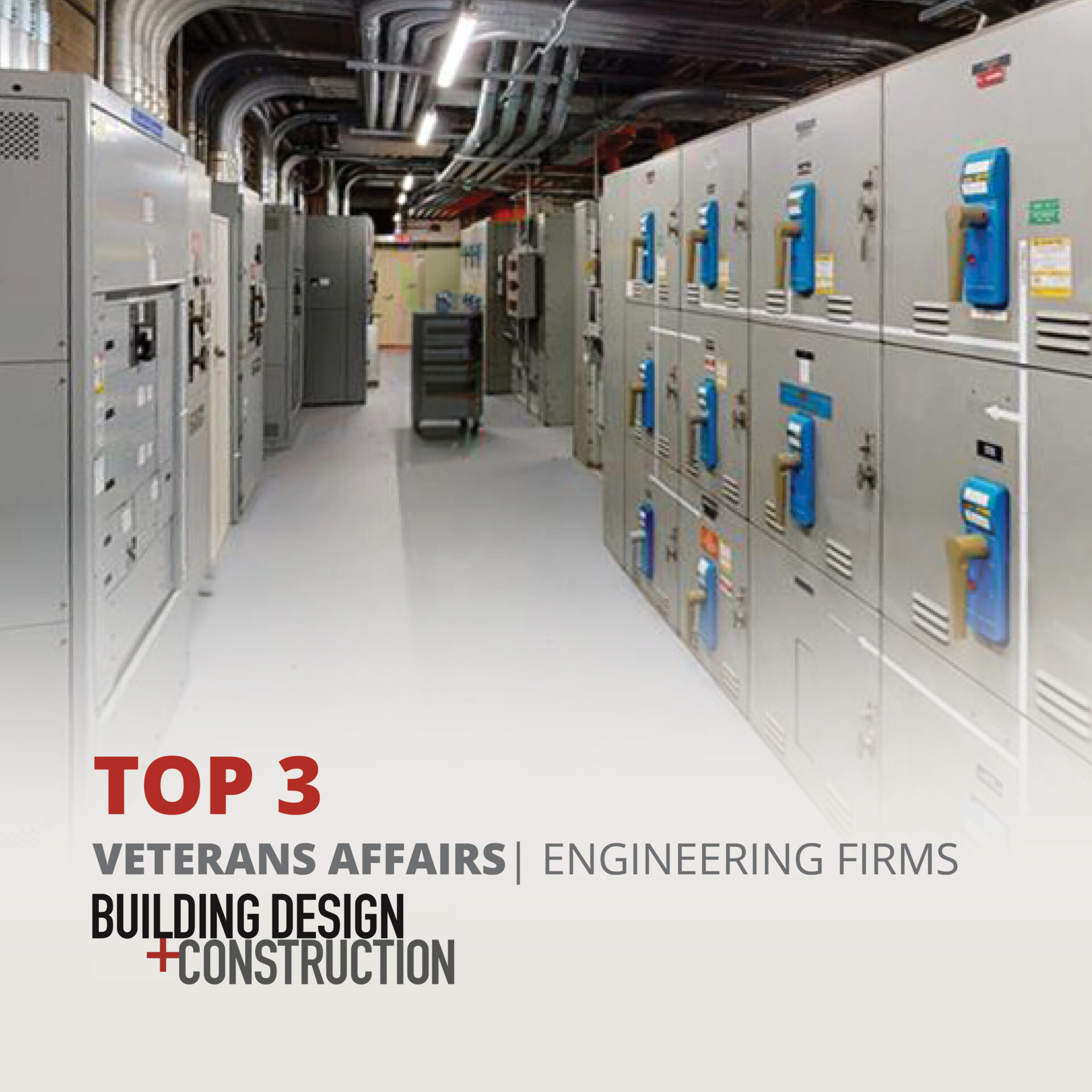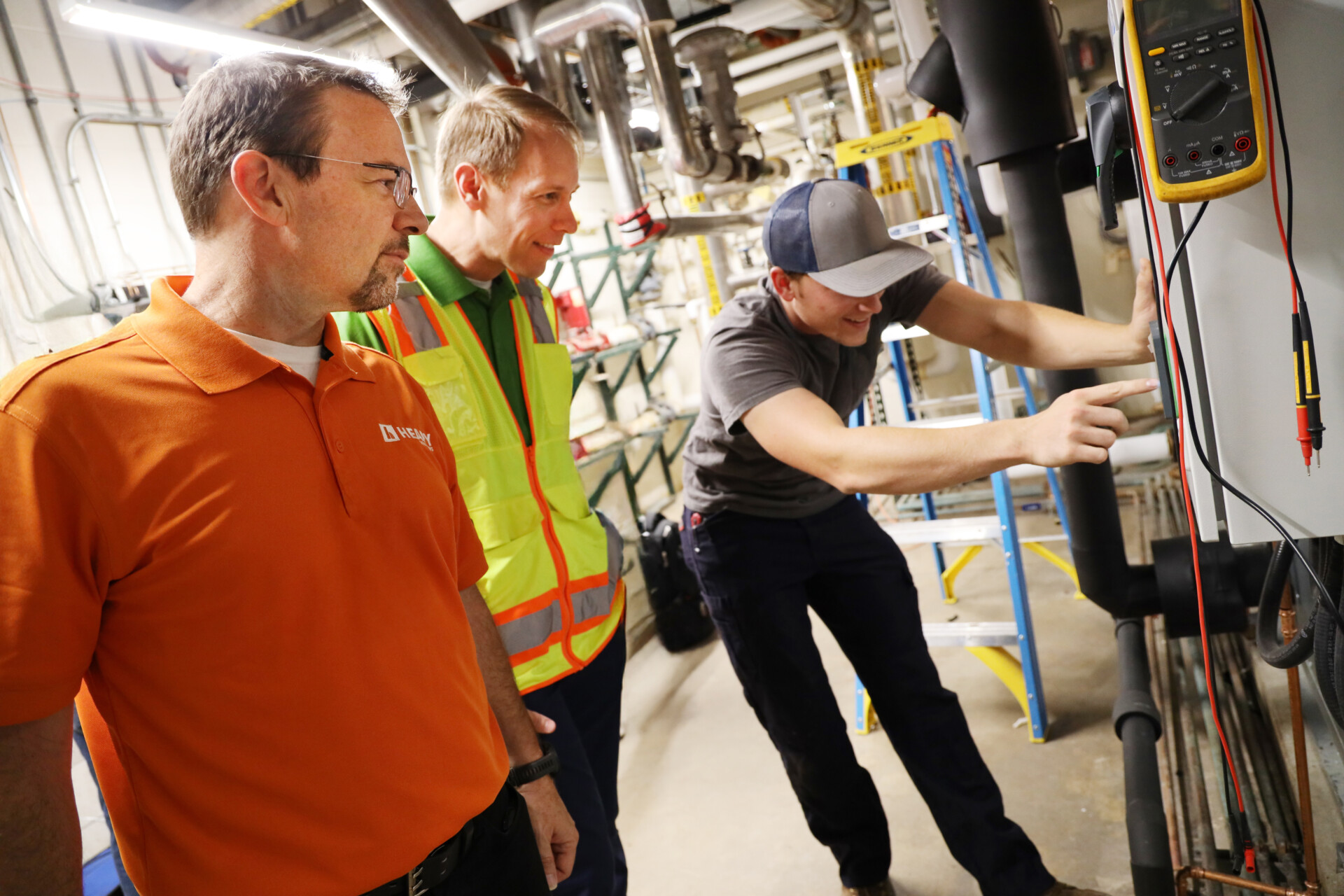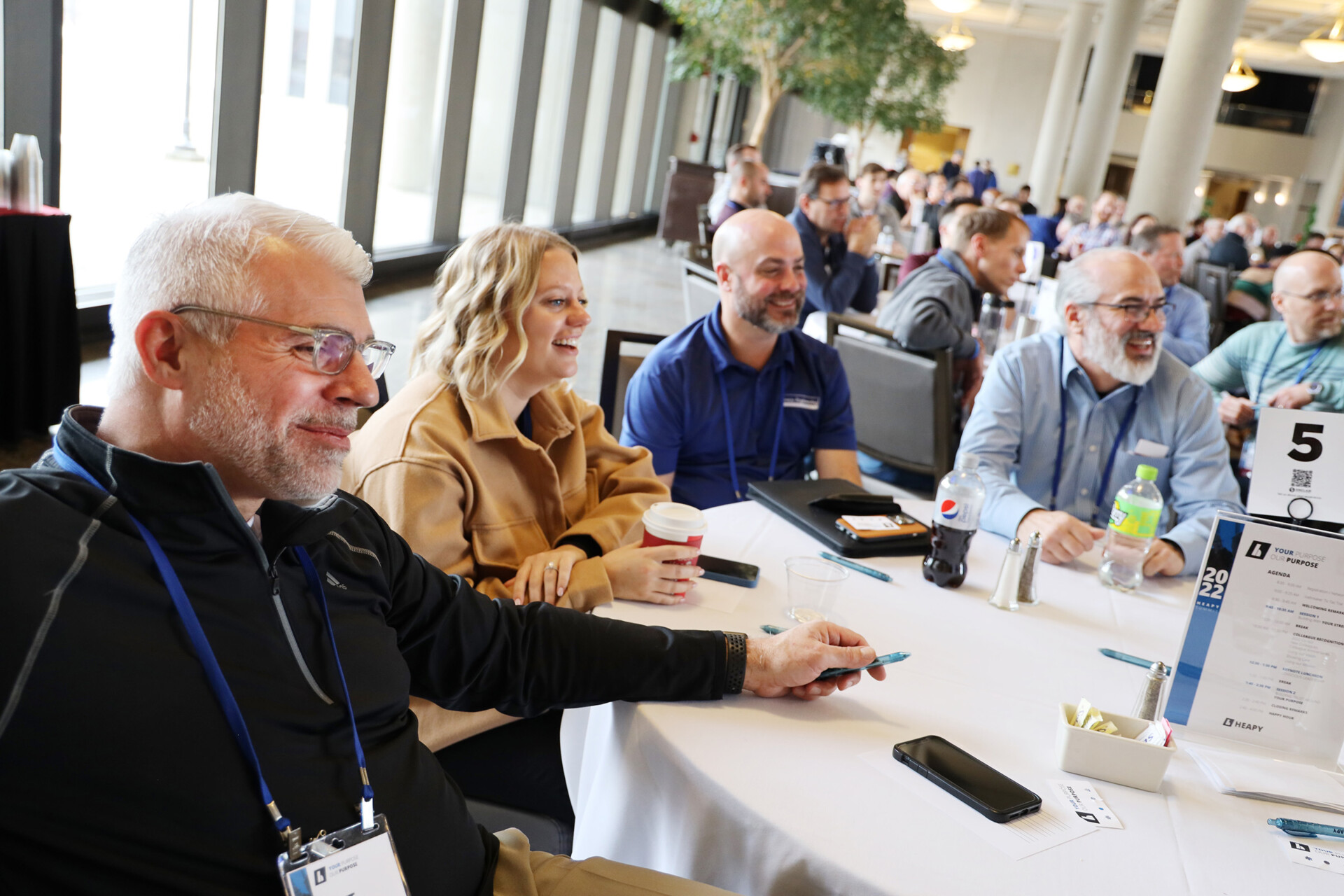We are excited to share that Heapy was recognized with the Honor Award (first place) in the engineering category at the Indy Chamber Monumental Awards! Our Chilled Water Plant at Butler University is highly energy efficient and is now an award-winning design.
Butler’s Chilled Water Plant project implemented various innovative solutions to overcome challenging existing conditions and have minimal impact on campus operations, high-efficiency cooling and reduced operational maintenance. Heapy along with Pepper Construction and BDMD utilized advanced technology including BIM, AR and 3D scanning to help the University visualize the end product and provide an improved plan for construction. The design helped Butler free-up funding and time to focus on its core mission while providing comfortable spaces throughout campus. This project location is in the heart of campus, so BDMD designed a subtly beautiful wall surrounding the cooling towers to blend it into the surroundings.
COMPLICATED SCHEDULE: Heapy worked with Butler University’s Facilities to master plan a design that would address existing issues and plan for future campus growth. This project scope included a complicated schedule that required the team to maintain the heating plant, operating in the same room, while replacing the chilled water plant with no little to no impact to campus comfort.
EFFICIENCY: Lifecycle cost analysis was performed on each chiller bid to determine the most cost-effective option for a 30-year life cycle. The project utilized VFD magnetic bearing chillers with energy consumption as low as 0.1 kW/ton. VFDs on all pumps and the cooling towers, as well as a control system that constantly monitors the efficiency curves of the equipment provides additional energy savings when not at peak operation.
MAINTENANCE AND DURABILITY: The plant design maximizes longevity of the plant and reduces maintenance. The underground sump collects dirt and sediment through a basin sweeping system tied to a centrifugal separator, reducing heat exchanger fouling. The cooling towers were designed to be all stainless steel to reduce corrosion, rust, and increase longevity of the towers. The pipe material was also evaluated to prevent rust and erosion and UV damage.
CHALLENGING EXISTING CONDITIONS: Jordan Hall was built in 1928 and the room proposed for the chiller plant was originally a coal-fired boiler room located in the basement. The mechanical room was 3D scanned to create a point cloud. The point cloud file was used in the BIM phase to coordinate the installation of all new utilities around the existing, active heating hot water plant. This effort helped reduce the number of unknowns, while the new installation was completed with minimal issues.
CAMPUS FLOW ISSUES: Over the years, the central chilled water system had been added onto without consideration of impact to the plant. Heapy’s design addressed the issues where the pumps from building to building would “fight” each other to receive chilled water flow. Pressure independent balancing control valves (PIBCV) at each building connection not only eliminate excess bypass water in the system, but also allows the owner/operator to adjust the way that each building individually uses the chilled water from the central plant. This maximizes energy efficiency for each building while also maintaining the temperature in the building utilizing the existing building HVAC system. The individualized delta T control also helps the owner identify buildings suffering from “low delta T syndrome” which may indicate the building is a good candidate for future renovations.
CAMPUS GREENSPACE: The project replaced the existing bank of cooling towers situated directly south of Jordan Hall, the first building on Butler’s campus built in 1928. BDMD designed a new concrete enclosure for the replacement cooling towers that responds to the scale, palette, and formal language of the emerging Southwest Quad. This Quad is to become a key activity greenspace for campus and thus it was critical that the new equipment not hinder the experience in this developing space.





